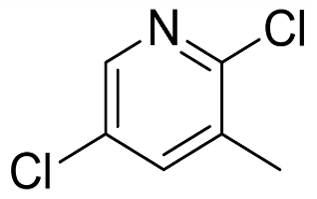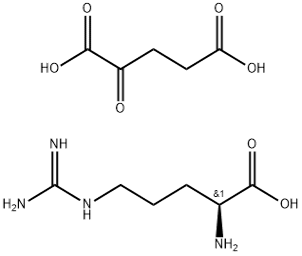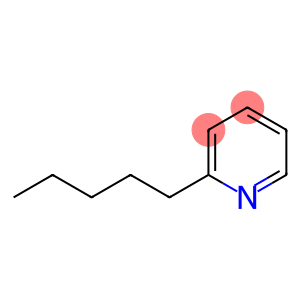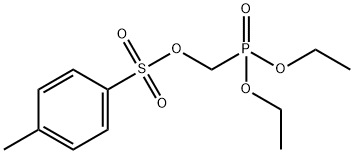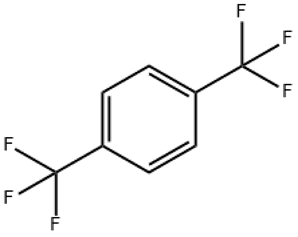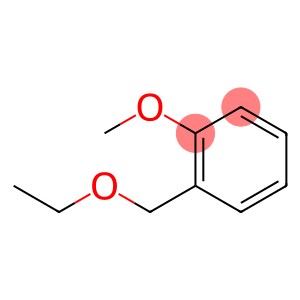2 5-DICHLORO-3-PICOLINE(CAS# 59782-88-6)
| Hazard Symbols | T – Toxic |
| Risk Codes | R25 – Toxic if swallowed R36 – Irritating to the eyes |
| Safety Description | S26 – In case of contact with eyes, rinse immediately with plenty of water and seek medical advice. S45 – In case of accident or if you feel unwell, seek medical advice immediately (show the label whenever possible.) |
| UN IDs | UN 2811 6.1 / PGIII |
| WGK Germany | 3 |
| Hazard Class | IRRITANT |
Introduction
2,5-Dichloro-3-methylpyridine is an organic compound. The following is an introduction to some of its properties, uses, manufacturing methods and safety information:
Properties: 2,5-Dichloro-3-methylpyridine is a colorless or yellowish liquid that is flammable.
Uses: 2,5-Dichloro-3-methylpyridine is often used as an important intermediate in organic synthesis. It can also be used as a component in solvents, catalysts, and lubricants.
Preparation method: There are many ways to prepare 2,5-dichloro-3-methylpyridine. A common method is to obtain an intermediate product by reacting methylpyridine with thionyl chloride, and then chlorination to produce the target product. Other preparation methods include reduction and chlorination reactions, among others.
Safety information: 2,5-dichloro-3-methylpyridine should be used in the process of safety. It is irritating and corrosive to the eyes, skin, and respiratory tract and should be rinsed with plenty of water immediately after contact. When operating, appropriate protective equipment such as protective glasses, gloves and protective clothing should be worn. Ensure a well-ventilated working environment and avoid inhaling its vapors. When storing, store it in an airtight, cool, dry place, away from fire and oxidants.


